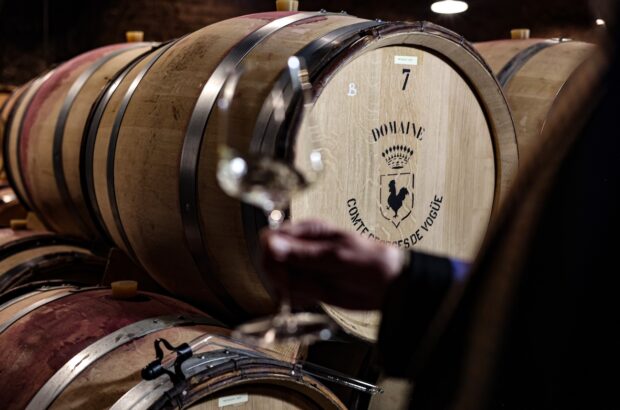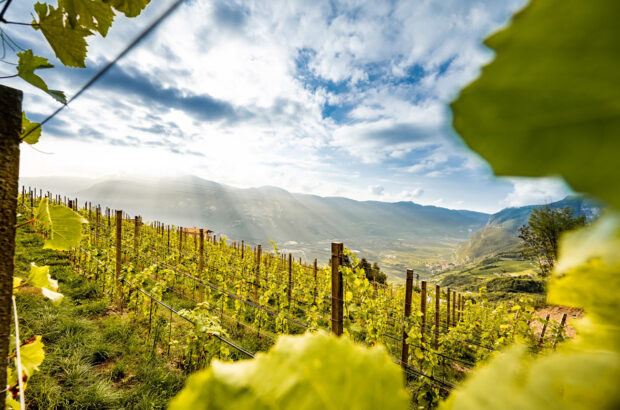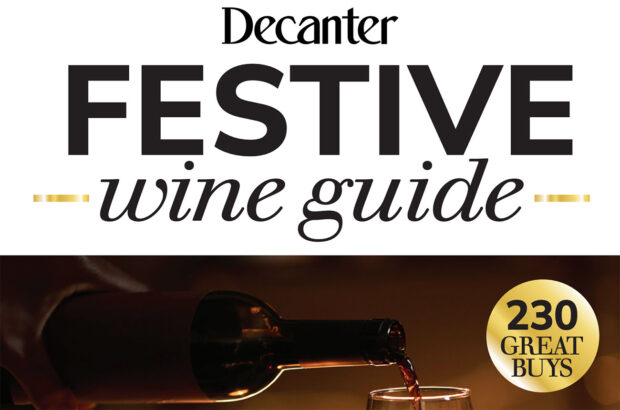What does climate change mean for winemaking? Andrew Jefford discusses the issue in his latest column, ahead of the 2015 Climate Change Conference in Paris.
In a week’s time, the 2015 Climate Change Conference will begin in Paris: an event of significance not so much for our planet (which has undergone dramatic and sometimes rapid climate change on countless occasions in its past), but for our planet’s present life forms.
Recent climatic data continues to startle: 2014, according to the World Meterological Organisation’s latest annual statement on the status of the global climate, was the warmest year since records began in the mid-1800s, meaning that 14 of the 15 hottest recorded years during the same 150-year period have come since 2000. Mean global temperatures are expected to pass the significant 1˚C threshold above pre-industrial levels during 2015, according to the UK’s Met Office.
What does it all mean for global wine production? Around a month ago, I was with a group meeting Serge Férigoule of Domaine du Sang des Cailloux, one of Vacqueyras’ top producers. ‘What’s the biggest challenge you face?’ someone asked. ‘It’s complicated,’ Serge replied. ‘The climate here is getting warmer. It’s now too warm for Syrah – I have to pick it on August 15th. We need to grow other varieties from further south – but the appellation regulations say we have to include Syrah. So I can see a time when I will have to leave the appellation.’

Andrew Jefford (second from right) and Serge Férigoule discussing climate change. Credit: Andrew Jefford
Syrah was, for many years, also planted across Languedoc as an ‘improving variety’, but conditions in some key zones are too hot for it now, and the results increasingly kinky and overblown. Languedoc regional pioneer Olivier Jullien has even given up with Grenache – because, he says, new climate realities means that ripeness comes with a 15% abv price tag.
That’s a couple of small examples – but countless others indicate a climate in rapid evolution. Harvest dates have advanced by two or three weeks in every wine-growing region over the past half-century; alcohol levels for many classic red wines are between one and two per cent higher than they were in the 1960s and 1970s, signifying (in large part) more sugar for an equivalent phenolic ripeness. Chablis once had crippling spring frosts every other year; frost alarms rarely wake Chablis growers up in the night now. England was formerly considered too cool for Champagne’s triumvirate of principal grape varieties; no one would argue that case today.
So where are we going? Systematic academic attempts to survey likely changes to the wine map in a warmer world are necessarily speculative, because of the complexity of the data sets and the fact that large-scale climate predictions are far easier to make than small-scale, localized ones. A comprehensive recent effort is the seven-author study under lead author Marco Moriondo called ‘Projected shifts of wine regions in response to climate change’, which appeared in the journal Climatic Change in March 2013. This study looked at European vineyard areas only. It made interesting reading. Hair-rising, indeed, for many growers.
The authors compounded a mass of data different temperature indices, a water deficit index and data concerning soils, elevation and aspect. They then subjected this ‘ecosystem modelling’ to two different emissions scenarios, and two different ‘time slices’: 2020 and 2050. The results were both mapped and tabulated.
As you might expect, the results predicted two sorts of change: either a kind of vineyard creep polewards, towards higher latitudes; or an increasing movement towards higher altitude vineyards within existing areas. Not every region, of course, has the latter opportunity, as the authors pointed out: higher altitude plantings are possible in Chianti or Provence, but not in Bordeaux.
The results suggested that, whatever the scenario, big changes are in the offing. ‘Given the inherent climate sensitivity of grapevines,’ the authors conclude, ‘suitable zones for their cultivation are very susceptible to small changes in climate.’ Languedoc and Roussillon, they suggested, would be badly hit, with a dramatic reduction in existing growing areas (down between 80 and 86 per cent by 2020 for Languedoc and even more for Roussillon, with the latter ceasing to be viable for viticulture at all by 2050 under one scenario); other European regions facing challenging or catastrophic outcomes include Penedès, Extremadura (Ribera de Guadiana), La Mancha and the Douro. The Southern Rhône and Provence were survivor regions, by contrast, because vineyards in both regions can move up in altitude as well as migrate north. Atlantic regions in general would initially be a ‘refugium’ for viticulture, the authors say, at least until 2050. Burgundy would have to gain altitude to survive, while Champagne and the Mosel are northerly regions which would need to move further north still.
These are intriguing and startling predictions – but, I think, unlikely, even in a 40-year-span of rapid climate change.
First of all, the premise that you can ‘migrate’ a wine region is invalid. The economics of bulk-producing regions would quickly disintegrate at higher altitudes or in remoter locations, while the fine-wine terroir equation is so subtle and so dependent on singular intricacies of soil and topography that it is impossible to reproduce elsewhere. The Côte d’Or could not simply ‘move’ to the Hautes Côtes in a warmer world. Pauillac’s greatness will only ever be found atop the finest gravel mounds in Pauillac, and never on the higher, more northerly slopes of Blaye across the estuary. Soil profiles are fixed, other than within the temporal vastness of the geological timescale; a hillside can’t chase off after the perfect climate figures two decades down the road.
For the same reason – a rare perfection of myriad factors – existing fine-wine regions will, I believe, prove more durable than we think. The style of vintages might change in a warmer world – indeed it has already – yet that alone will not erode a region’s greatness. It just gives that excellence a different historical incarnation.
If an existing variety (Merlot in Pomerol, say) finally proves unsustainable in the long term, it is at least possible that the same perfection of factors might then suit a slightly later ripening variety (Cabernet Franc or Sauvignon) – which will in turn perform in that location with an excellence or a uniqueness hard to match elsewhere.
Other possibilities are that some varieties might show an adaptive capacity to new climate conditions, or that the use of new rootstocks and changed vineyard practices can ‘arm’ vineyards against climate stress. If irrigation could save a fine wine area, we shouldn’t hesitate to use it. Irrigation need not rule out terroir expression, as a comparison of wines made from different sub-zones of Mendoza will quickly prove.
Wine lovers should still, of course, guard against climate complacency. Climate change will unquestionably trouble many wine producers, and put some out of business. More important than that, of course, are the threats to global political stability from climate change.
Wine drinking, study and collection characterise times of peace and plenty, not times of war, conflict and economic collapse. Climate change, for example, is a little-discussed factor in the growing refugee crisis faced by Europe at present (the failure of the climate-vulnerable croplands of sub-Saharan Africa forces farmers off their land and into migration for survival). Worse may come, as rising sea levels affect South-East Asian rice production, or the lack of Himalayan snow melt water creates drought conditions in the Ganges and Brahmaputra basins. It might seem far-fetched to link this to sales of Jacob’s Creek Cabernet Sauvignon or Château Latour in four decade’s time – but in our world everything is linked, and doors cannot be slammed shut. Climate is just one proof of that.
More Jefford on Monday columns:

Jefford on Monday: A chat with Philippe

Jefford on Monday: Grange meets La Niña

Jefford on Monday: She does what she wants

Jefford on Monday: Faithful to the season







